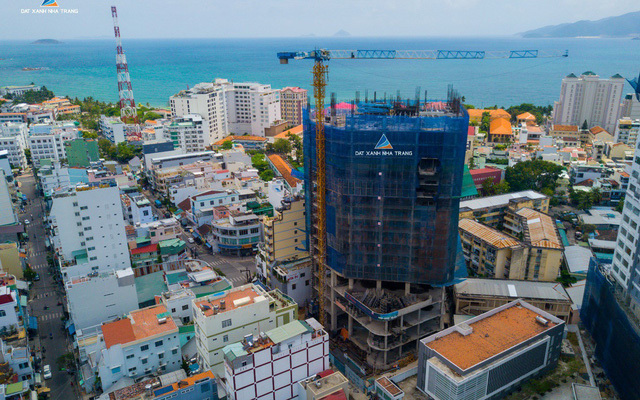International press reported that Chinese authorities are using an ‘iron twist’ to intervene in the country’s cement manufacturing industry. Armed forces have also been used to set up barriers to prevent cement carrying trucks from leaving plants.

The government’s strong move aims to shut down small-scale cement plants which pollute the environment. As a result, the cement demand from China has been increasing rapidly.
Vietnam has taken full advantage of China’s new policy to boost cement exports to China. Thirty million tons of cement were exported to the market last year at the average price of $40 per ton.
However, analysts still predict a tough period ahead for building material production, especially steel.
Nguyen Tran Nam, chair of the Vietnam Real Estate Association, and former Deputy Minister of Construction, said big difficulties are anticipated as the electricity price has been raised.
“Manufacturers won’t be able to boost sale by lowering selling prices. They have to heighten the production capability,” Nam commented.
|
While the electricity price has increased, making the production cost higher, the demand is predicted to weaken because of the real estate market’s growth slowdown. |
While the electricity price has increased, making the production cost higher, the demand is predicted to weaken because of the real estate market’s growth slowdown.
The predicted slowdown is attributed to the latest decision of the State Bank of Vietnam on lowering the percentage of short-term capital banks can use for medium- and long-term lending from 40 percent to 30 percent. In addition, the required compulsory reserve rate for real estate loans has been lifted to 250 percent.
Both the new regulations will lead to higher capital mobilization cost and smaller capital flow to the real estate market.
“The capital for real estate projects will be from foreign investors who pour money through M&A deals. However, the money won’t be able to offset the decrease in bank loans,” Nam said.
Regarding public investment projects, he said few projects have been approved recently.
A report from the State Bank confirmed the slower capital influx to the real estate sector with the outstanding loans increasing modestly by 5 percent in 2018, roughly VND450 trillion.
Analysts predicted that the real estate demand would be increasing in 2019, but the supply would be short. The inventory level is expected to decrease by VND100 trillion compared with 2009-2010.
The latest report from DKRA Vietnam showed a significant price increase for apartments in the central district 1, HCMC, in the first quarter of 2019 compared to previous quarters, which was close to VND350 million per square meter.
RELATED NEWS
Green construction materials gaining ground
Time for environmentally-friendly building materials
Chi Nam
 China, which can churn out 2 billion tons of cement a year, is trying to restrict cement production domestically, which means a big opportunity for Vietnam to boost exports to the market.
China, which can churn out 2 billion tons of cement a year, is trying to restrict cement production domestically, which means a big opportunity for Vietnam to boost exports to the market.